

It's big. It's beautiful. It's the heart of our city. We present five things you may not have known about Stanley Park.
Stanley Park is a 405-hectare park that borders downtown Vancouver. The park has a vast history and is one of the first areas visitors come to explore in the city. In 1886, the land was named Vancouver’s first park after Lord Stanley, the recently-appointed Governor General. Unlike other urban parks, Stanley Park is not the creation of a landscape architect, but rather the evolution of a forest and urban space over many years.
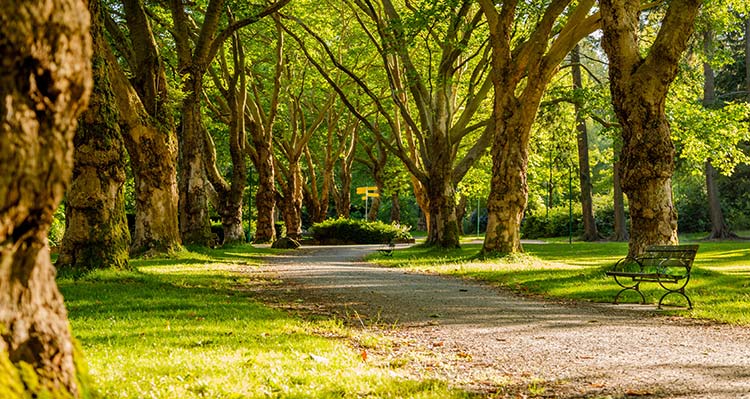
Most of the man-made structures within the park were built between 1911 and 1937. Places like the polar bear exhibit, the aquarium and the miniature train were additions from the post-war period.
Much of the park remains forested, just as it was in the late 1800s — the park has roughly half a million trees, some standing as tall as 76 metres and hundreds of years old. In the past 100 years, there have been three major wind storms that caused damage and loss of many of the trees, the most recent in 2006.
The Vancouver Seawall draws thousands of residents and visitors to the park each day. The park features lush forest trails, relaxing beaches, the Vancouver Aquarium and many more attractions.
With so much history, Vancouver’s Stanley Park is full of fun facts you may not have known about. Here are five to wrap your head around:
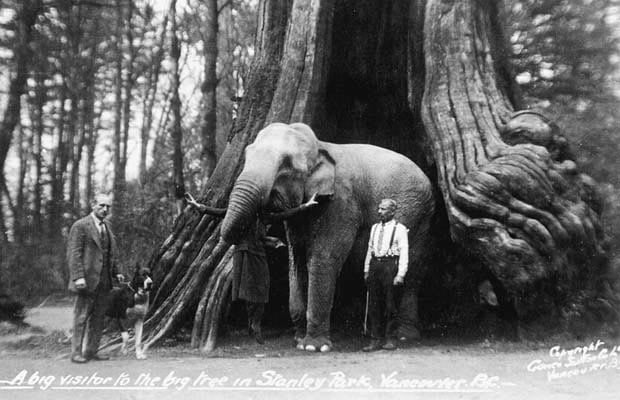
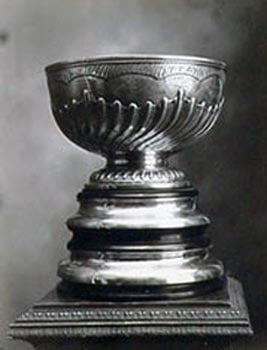
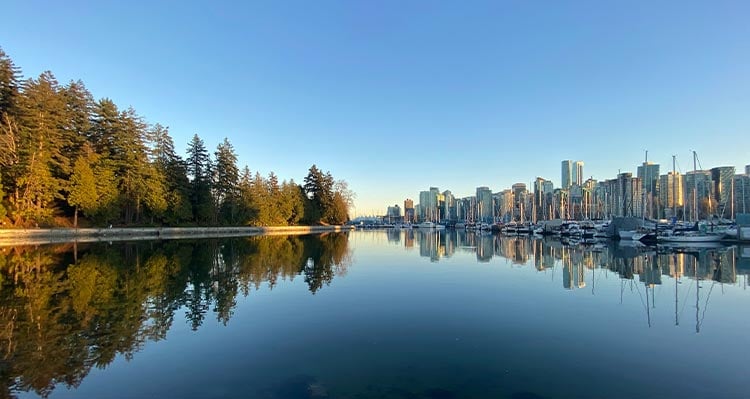
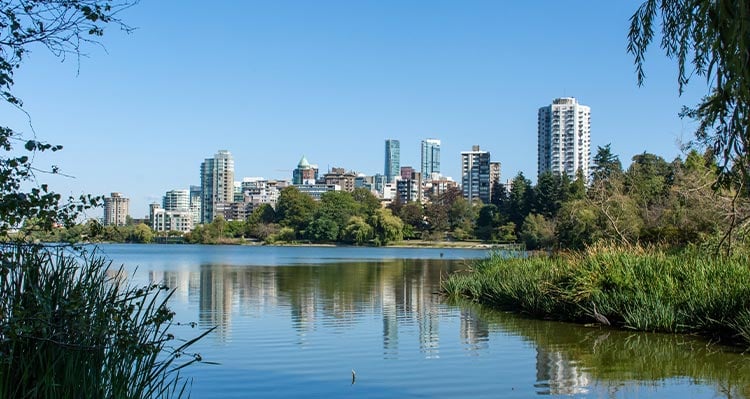
While Stanley Park is not the largest of its kind, it is about one-fifth larger than New York’s Central Park and almost half the size of London’s Richmond Park. With such a vast history there is always something new to learn. See you on the Seawall!
Insider tips, inspiration and deals — delivered straight to your inbox.